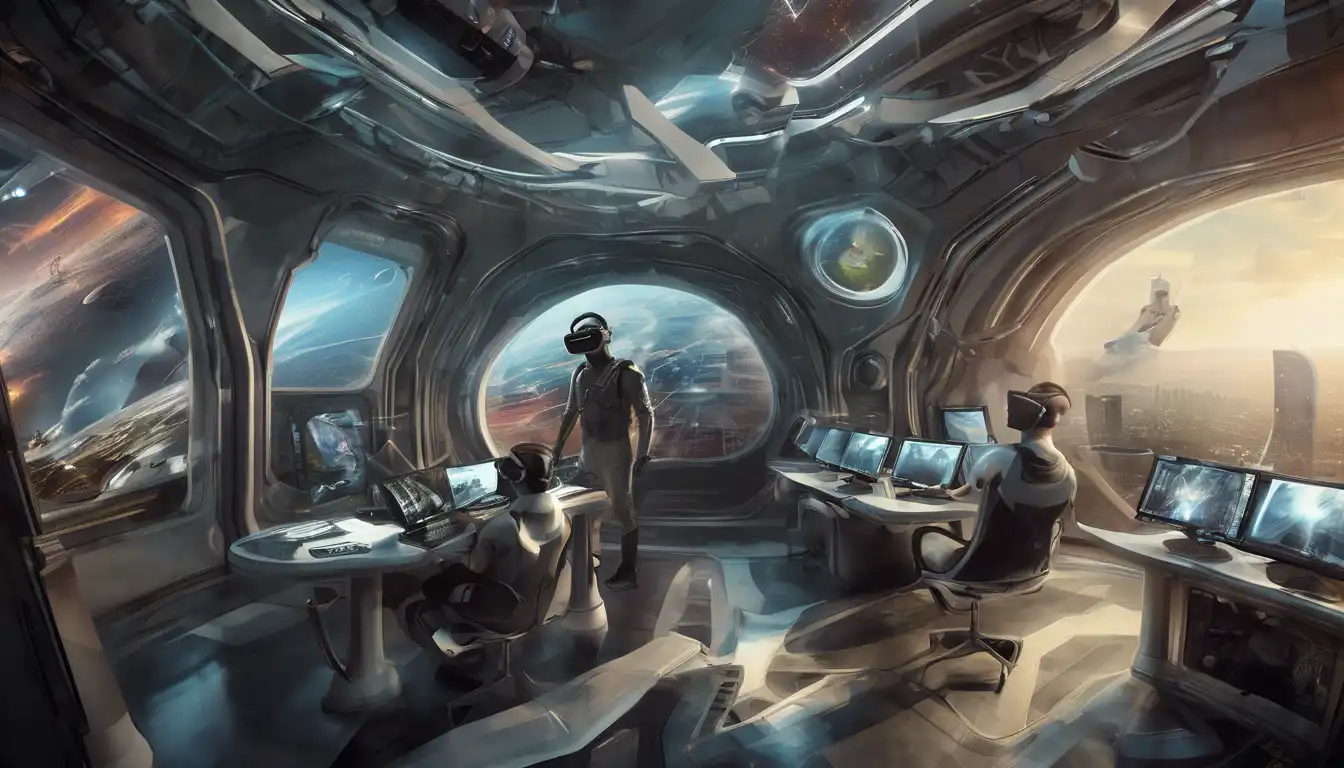Introduction to Virtual Reality
Virtual Reality (VR) is rapidly becoming one of the most exciting and transformative technologies in the modern world. By creating immersive, interactive environments, VR has the potential to revolutionize how we work, learn, and play. This article delves into the current state of VR technology, its applications, and what the future holds for this groundbreaking innovation.
The Current State of VR Technology
Today, VR technology has moved beyond the realm of science fiction to become a tangible, accessible tool for both consumers and businesses. With advancements in hardware and software, VR headsets like the Oculus Rift, HTC Vive, and PlayStation VR offer unparalleled immersive experiences. These devices are powered by sophisticated algorithms and high-resolution displays that simulate real-world environments with stunning accuracy.
Applications of Virtual Reality
VR is not just for gaming. Its applications span various industries, including education, healthcare, real estate, and more. In education, VR can transport students to historical events or distant planets, making learning more engaging. In healthcare, it's used for surgical training and patient therapy. Real estate agents use VR to offer virtual property tours, saving time and resources.
Gaming and Entertainment
The gaming industry has been at the forefront of adopting VR technology. Games designed for VR provide players with a level of immersion that traditional games cannot match. Beyond gaming, VR is also transforming the entertainment industry, offering virtual concerts and movies that viewers can experience as if they were physically present.
Education and Training
VR's ability to simulate real-life scenarios makes it an invaluable tool for education and training. From flight simulators for pilots to virtual labs for science students, VR is making learning more interactive and effective.
The Future of Virtual Reality
The future of VR is bright, with continuous advancements in technology paving the way for even more immersive and realistic experiences. Innovations like haptic feedback suits and VR treadmills are expected to enhance the sensory experience, making virtual environments indistinguishable from reality. As VR technology becomes more affordable and accessible, its adoption is set to skyrocket across all sectors.
Challenges and Considerations
Despite its potential, VR faces several challenges, including high costs, technical limitations, and health concerns like motion sickness. Addressing these issues is crucial for the widespread adoption of VR technology.
Conclusion
Virtual Reality is undeniably the next frontier in tech, offering endless possibilities for innovation and transformation. As we continue to explore and expand the capabilities of VR, it's clear that this technology will play a pivotal role in shaping the future of digital interaction. Whether for entertainment, education, or beyond, VR is set to redefine our reality.
